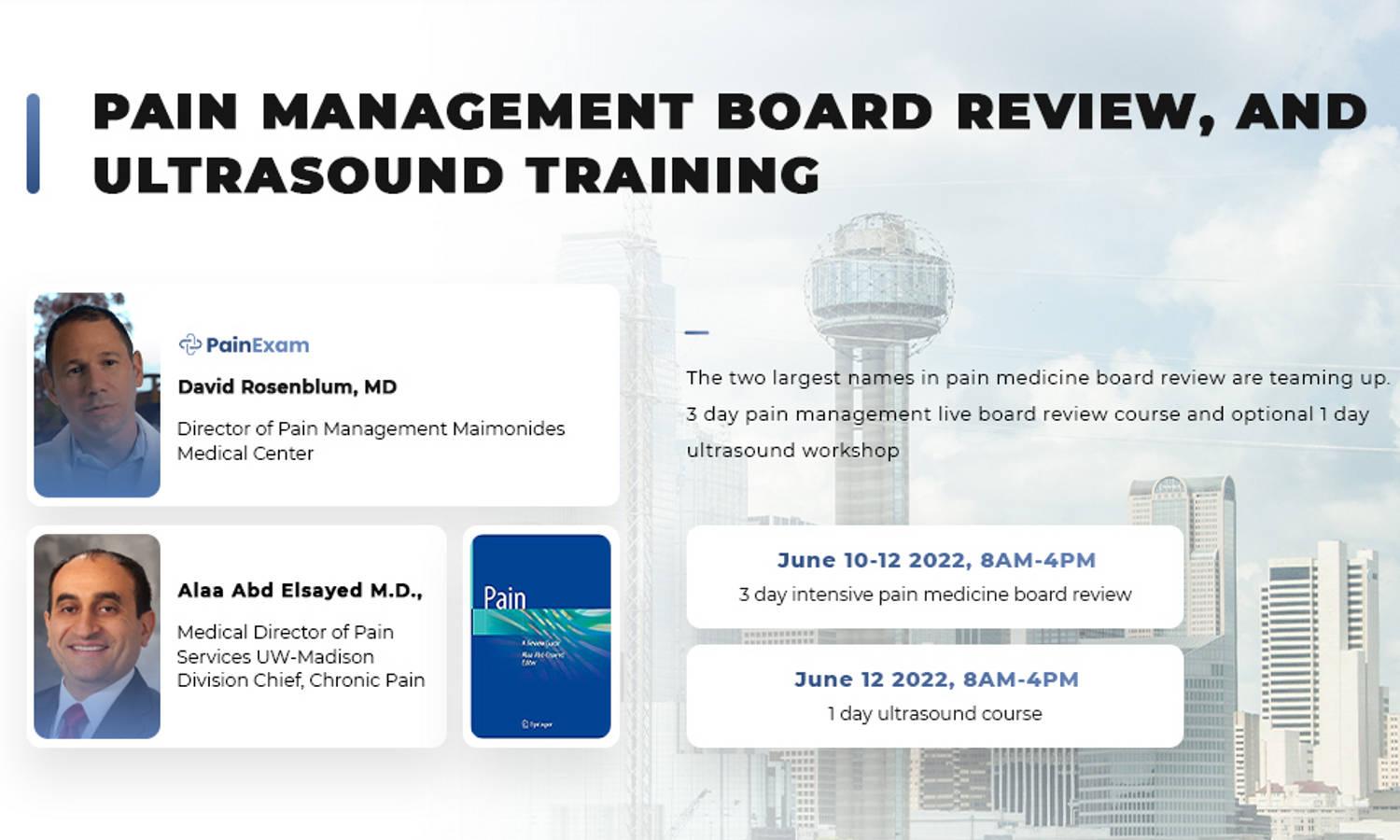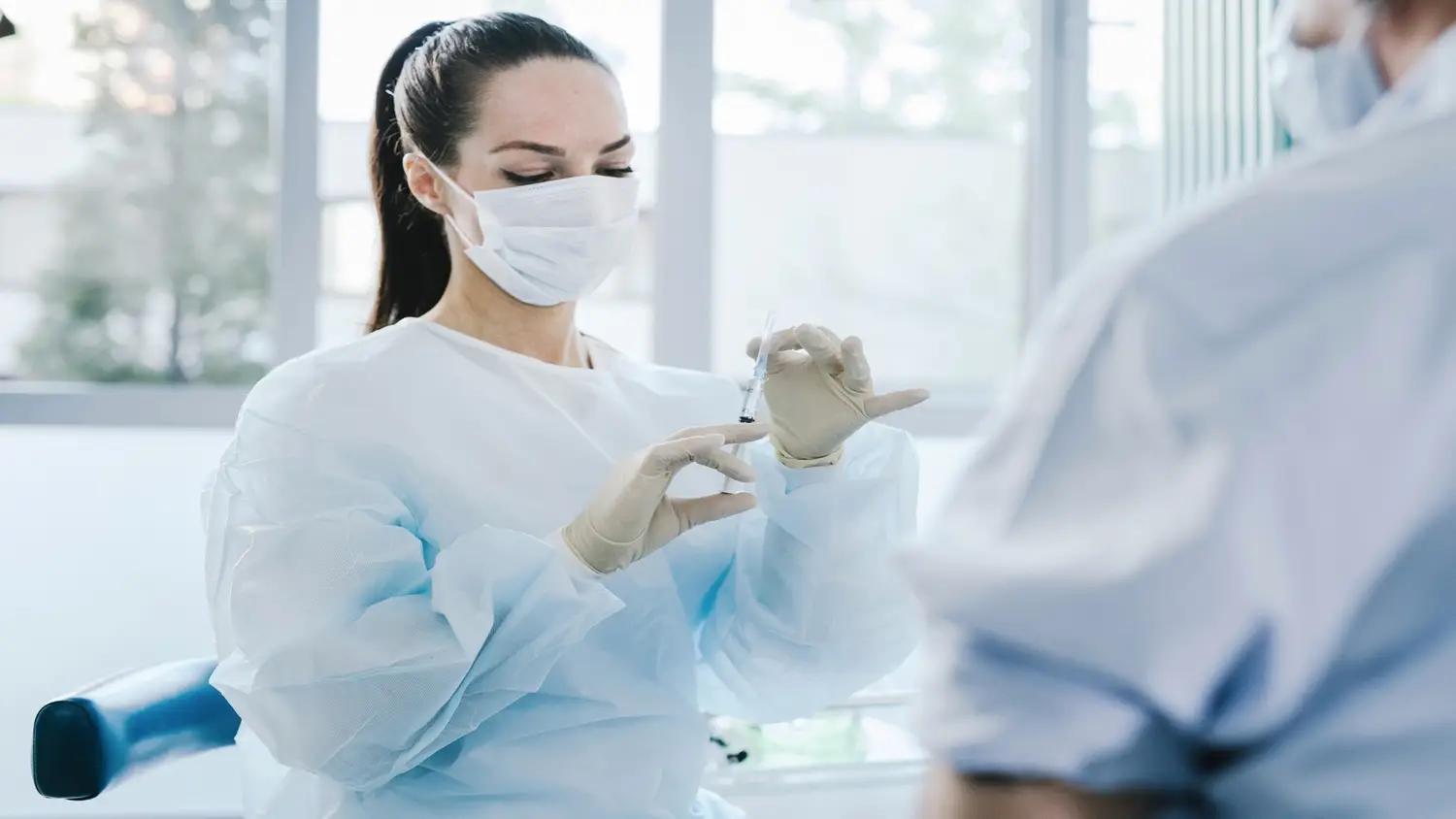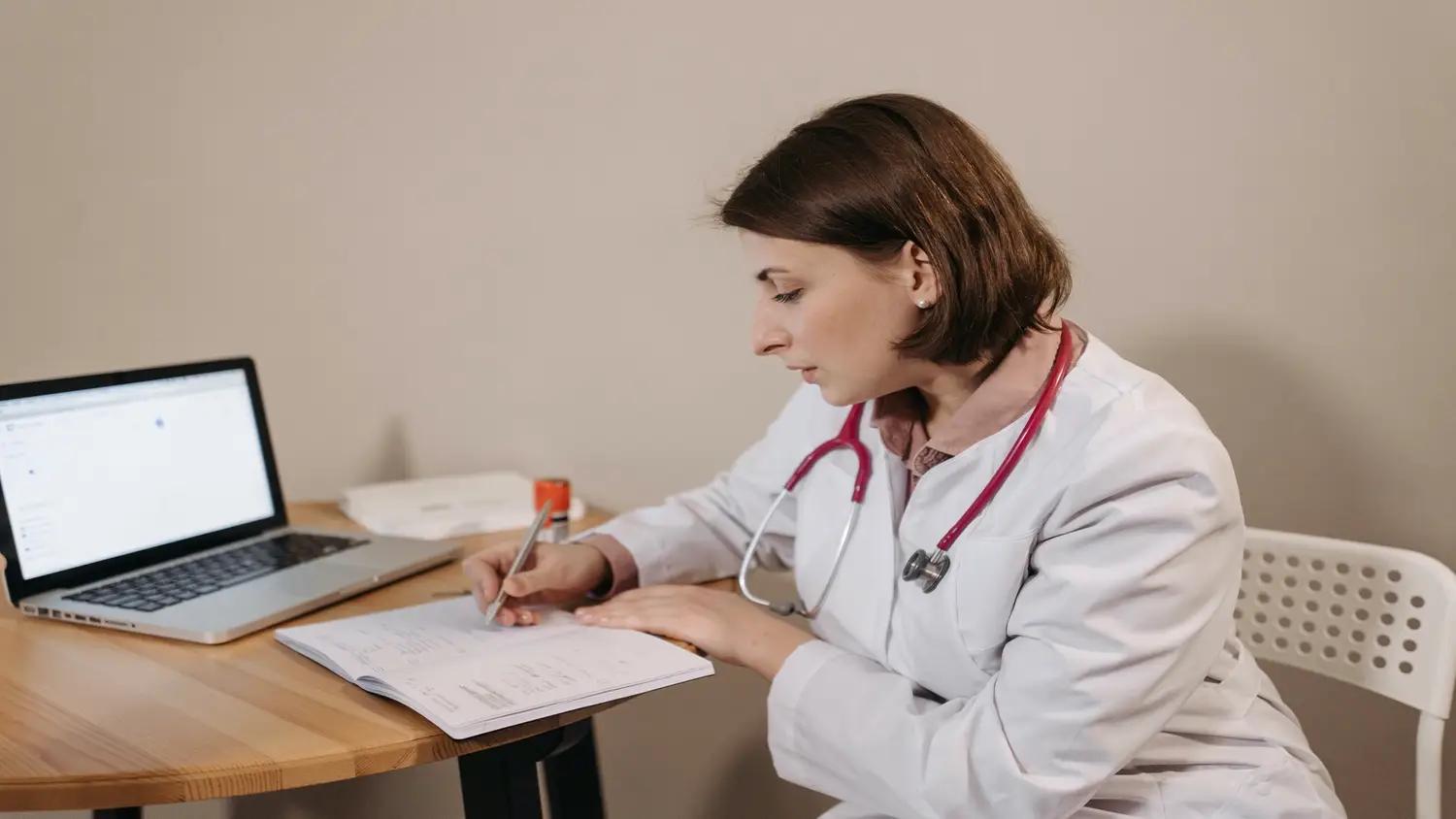
Biomechanics of the Shoulder by Healthclick
 hosted byHealthclick
hosted byHealthclickBiomechanics of the Shoulder by Healthclick is organized by Healthclick.
Description:
Shoulder impingement, rotator cuff injury, or frozen shoulder? Shoulder pain and loss of function are the leading reasons to seek professional care. The biomechanics of the shoulder girdle requires a synergistic balance of musculoskeletal function. A trained clinician can differentiate movement imbalance and guide treatment toward healing and progression toward optimal function.
Learn with in depth instruction on the biomechanics of the shoulder, mechanisms of injury, evidence-based research, and clinical reasoning skills, in order to confidently implement a comprehensive treatment for shoulder dysfunction
Course Objectives:
Upon successful completion of this course, the participant will be able to
• Understand the normal biomechanics of the shoulder.
• Identify the correct motion within the plane of the scapula when assessing and treating the shoulder.
• Identify abnormal biomechanics of the shoulder and how dysfunction disrupts function at varying stages of motion.
• List the 17 muscles of the shoulder.
• Describe the importance of the profile method of assessment and the role of evidence-based information. In addition, be able to identify when the evidence-based information can be a barrier to progressive thought and treatments.
• Describe the process of critical decision making and how to improve this process when examining a shoulder to determine appropriate tests and treatment progression.
• Describe the Cyriax screening approach with modifications.
• Perform a thorough differential diagnosis examination of the shoulder to include an appropriate subjective examination, Cyriax screening methods, mobility testing, and a thorough manual examination.
• Perform appropriate tests to rule out thoracic outlet syndrome, impingement.
• Describe the important components and function of the rotator cuff.
• Perform phased treatment progression techniques for the serratus anterior, subscapularis, latissimus dorsi.
• Understand the different phases involved with throwing and mechanics at each phase.
• Perform special tests and clearly understand findings for the Apprehension Test, Biceps Load Test, O’Brien Test, Neer Test, Kennedy Hawkins Test, Air Test, Aim Test, Sulcus Test, Labral ERS Test.
• Incorporate myofascial trigger point treatments into rehabilitation programs.
• Develop a progressive treatment approach for the rotator cuff at varying stages of dysfunction/Injury.
• Analyze available multi-modal exercise approaches for a comprehensive rehab program.
• Develop a perspective of current evidence-based practice and techniques for shoulder/scapular dysfunction.









